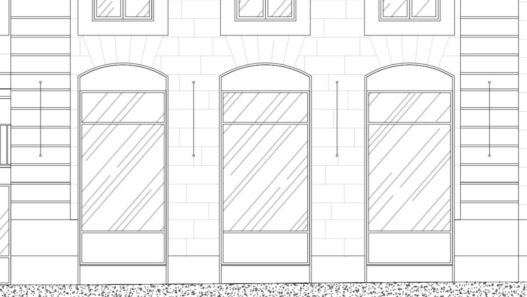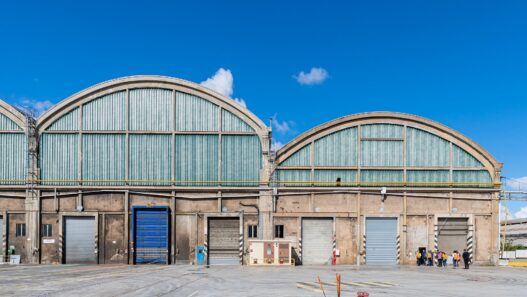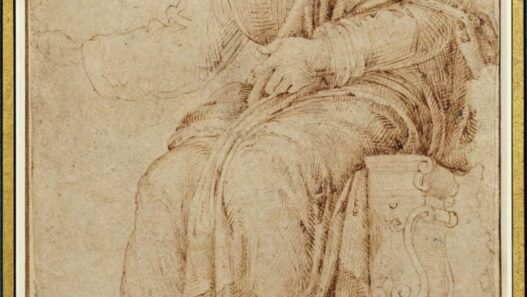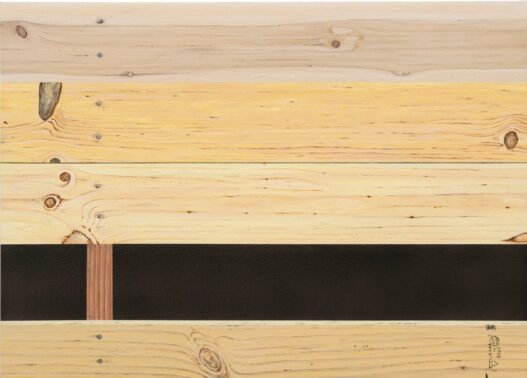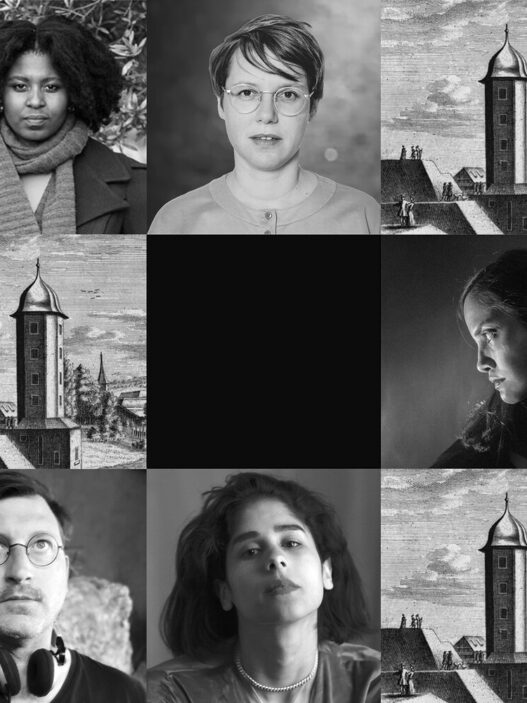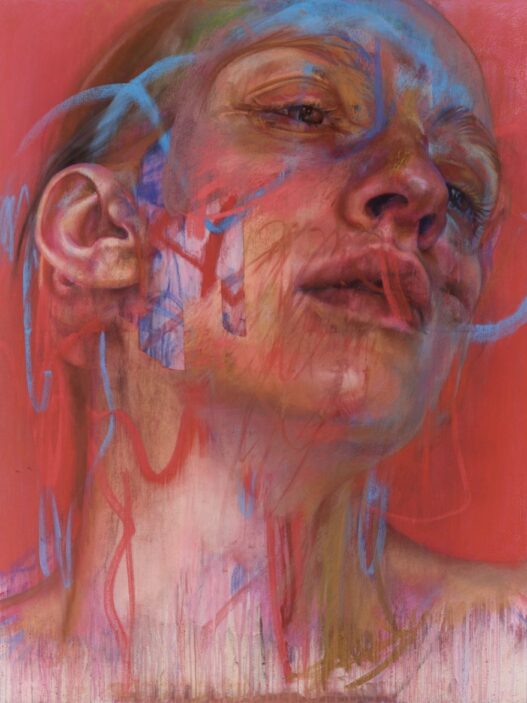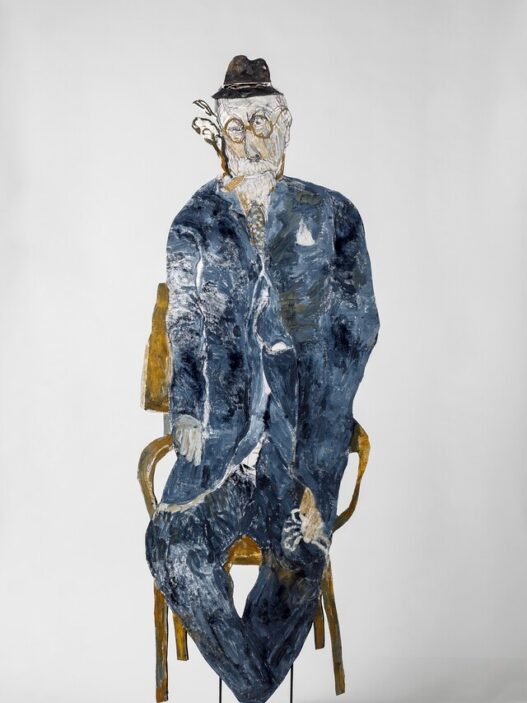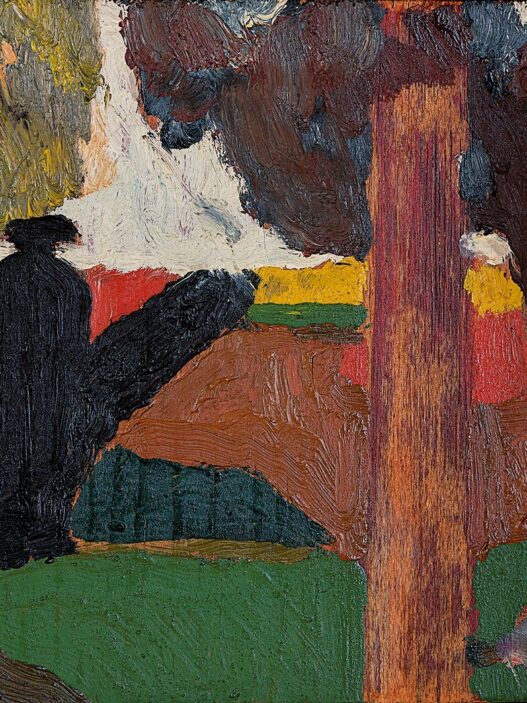October 19–December 22, 2022
Ten fresh paintings and a brand-new Ed Ruscha hologram are on display at Gagosian. Tom Sawyer Paintings, the artist’s first solo show of paintings at the gallery in Paris, will debut concurrently with a presentation of recent work by James Turrell in the gallery’s upper level, as well as exhibitions of recent paintings by Jenny Saville (rue de Castiglione) and a Richard Serra sculpture at Gagosian’s other Paris locations (Le Bourget). In parallel, from October 20 to 23, Gagosian will take part in the first Paris+ par Art Basel event at the Grand Palais Éphémère.
Ruscha draws influence from The Adventures of Tom Sawyer, a beloved American novel by Mark Twain, in his most recent works (1876). Ruscha here opts for naturalistic depictions of plain timber slats as opposed to the gnomic inscriptions for which he is well known. These well-known surfaces, with their characteristic grain, make reference to a scene in Twain’s book where Sawyer, discouraged by the prospect of having to spend a Saturday painting a fence, tricks his companions into doing it for him.
Wood appears throughout Ruscha’s oeuvre as image, subject, support, and container, as well as in miscellaneous projects such as the Artforum “Surrealism” cover of 1966, which shows letters carved from balsa wood. “When I do a plank of wood,” Ruscha comments on the paintings Plank (1979) and Plank in Decline (2007), “I’m painting a horizontal landscape, or I might be painting a picture of wood that I see when I go to the desert. The idea of deterioration and age and all that.” Art historian Briony Fer has suggested that the planks in these works also function as “a kind of blank, an obdurate piece of matter that obscures the view. It is a gap in the picture and a block on its fictional transparency.”
Gagosian rue de Ponthieu, Paris
4 rue de Ponthieu
75008 Paris




